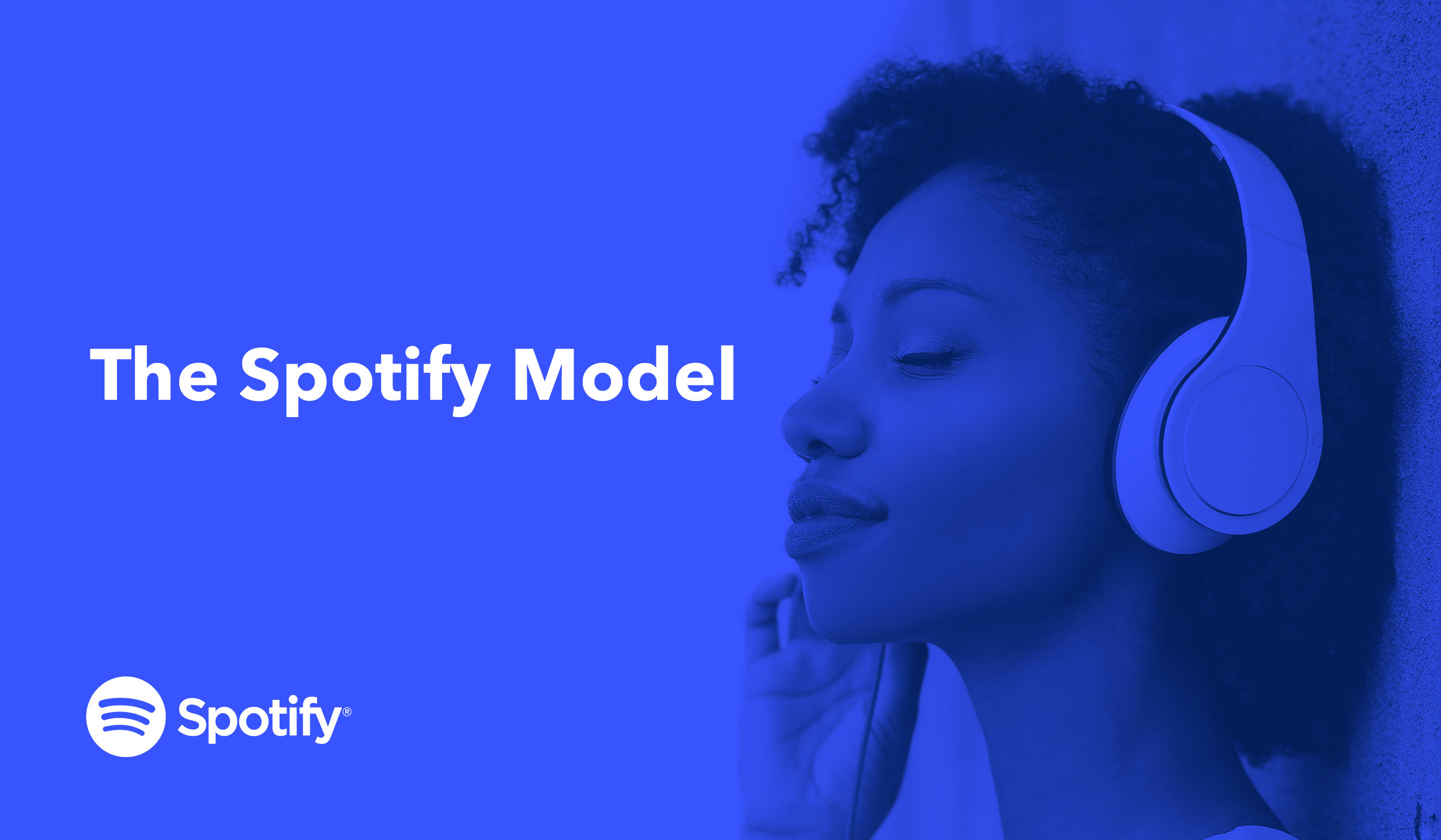ARTICLE SUMMARY
Spotify is the ultimate audio streaming platform in the world with more than 230 million users in different countries, so you’re probably familiar with it. The story behind its worldwide success can be attributed to different reasons, but surely one of them (if not the biggest one) is the shift to Lean and Agile philosophies across the whole company.

Spotify is the ultimate audio streaming platform in the world with more than 230 million users in different countries, so you’re probably familiar with it. The story behind its worldwide success can be attributed to different reasons, but surely one of them (if not the biggest one) is the shift to Lean and Agile philosophies across the whole company.
Their key to growing that much was not only the adoption of new work approaches but also a cultural change of mindset. In this article, we’ll unfold how the company applied Lean to leverage its results by creating an environment of innovation and productivity.
The path to incredible changes
Spotify combines Lean principles with Agile tools and practices to build the best environment for its workers, establishing clear objectives and processes. If Agile is what holds the whole structure together, Lean is what makes it stronger and steadier.

Lean is present both in the culture and structure of Spotify offices across the world. It’s possible to observe different actions that allow better communication between teams, boost productivity and drive phenomenal results in general. So, check out some of their secrets:
- Gemba Is Everywhere: Spotify offices have open spaces that shrink hierarchy among roles to favor the connection between teams. People come first and all employees have a voice to provide criticism, offer suggestions and ask whatever questions they want. The decision-making process is close to where value is produced so bureaucracy, politics and waste tend to be lower.
- Endless Experiments: All teams work with a lot of tests, prototyping MVPs (minimum viable products) for different features and functionalities of the platform. A/B tests also help in this process to discover what works and what doesn’t before putting too much effort into it. That’s one of the ideas of Lean: experiments and tests with small groups to validate the hypothesis, only then deploying larger actions.
- Continuous Improvement: By testing hypotheses and confirming them positively, new possibilities for innovative features and functionalities appear, leveraging the product development through the collaboration of the employees. This is Kaizen! It’s always possible to enhance processes to reach a never-ending cycle of improvement.
- Visual Management: We can find dozens of Kanban Boards spread across walls and meeting rooms in all offices. The company has a clear and transparent vision of its processes flow, identifying value easier and preventing bottlenecks by having all teams integrated. Employees, in general, have access to this data so it’s pretty straightforward to keep track of what’s happening and where.
Not just Lean but also Agile
Lean doesn’t walk alone at Spotify. Agile represents a big piece of what is called The Spotify Model, composed of four group categories that complement each other to build the best product. Through the union of squads, tribes, chapters and guilds the company grants engagement and clearer goals to all employees. Check out the structure of The Spotify Model:

- Squads: Teams of usually 5-10 people focused on one project or feature;
- Tribes: A cluster of squads with similar goals that somehow relate;
- Chapters: A collaborative learning group with different teammates;
- Guilds: Bigger chapters composed of people from several areas.
There’s a clear focus on people’s engagement and on streamlined processes, powered both by Lean and Agile. Squads grow in a learning culture, continuously improving their efforts with tribes, chapters and guilds. These teams can be found mainly in software development, but also in sales, marketing, design and so on.
By having Lean and Agile principles, Spotify was able to scale rapidly with huge success. The structure of the teams is key, but by having the right culture the company boosted innovation and performance. This yields autonomous and highly collaborative teams with a problem-solving mindset that grants outstanding results. At the end of the day, the employee’s engagement made all the difference in what today is referred to as The Spotify Model.
If you want to understand how other companies use Lean to leverage incredible results, don’t forget to check out our articles about The Amazon Way and Pixar + Lean. Also, don’t miss our Gemba Talks episodes in which we bring on professionals from different companies to share how they apply Lean in their own business scenarios.










